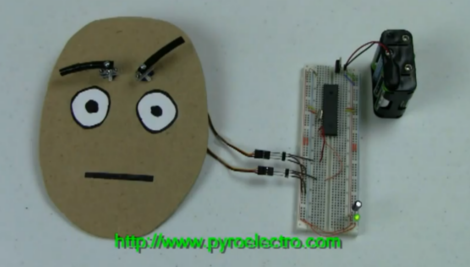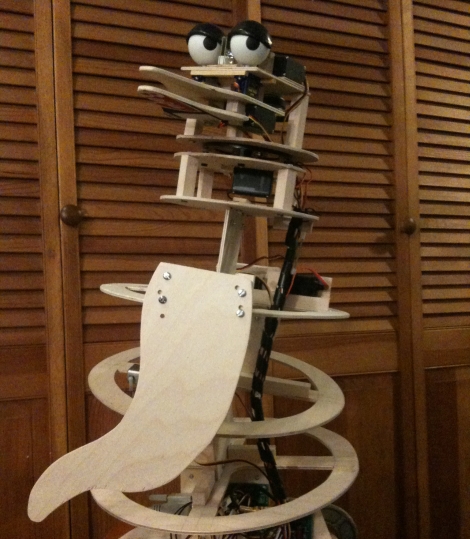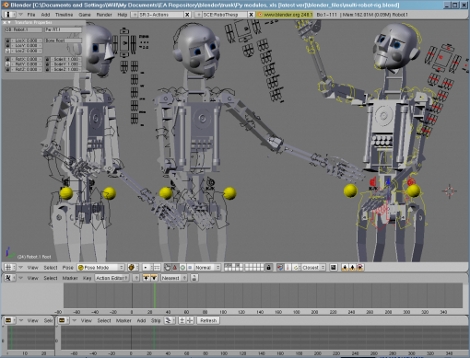
[Jerome Kelty] is a big fan of the movie Stargate, and when he saw it for the first time, he wanted one of the awesome helmets worn by the Horus Guards. This isn’t the kind of thing you would normally find at your local costume shop, so he knew that he would have to build one of his own. After rejecting multiple designs over the years, he finally came up with a solution that he thought would work well.
His Horus Guard helmet was constructed primarily out of cardstock, papier-mâché, spray foam, and spackle. Don’t let that list of materials give you the wrong idea about this helmet however – it looks absolutely amazing!
Not only does it look good, but it moves just like the guard’s helmets in the movie too. To control the helmet’s movements [Jerome] used an Arduino animatronics setup he designed, which we’ve seen before in his slick Predator build from last year. The Arduino controls a set of 5 servos, which are tasked with turning the helmet’s head and actuating the fans mounted on either side.
Stick around to see a short video of the mask in action, and if you’re thinking of building one yourself, be sure to check out his writeup for a very thorough BoM.
Continue reading “This Animatronic Horus Guard Mask Is So Good, Even Anubis Would Be Fooled”

















